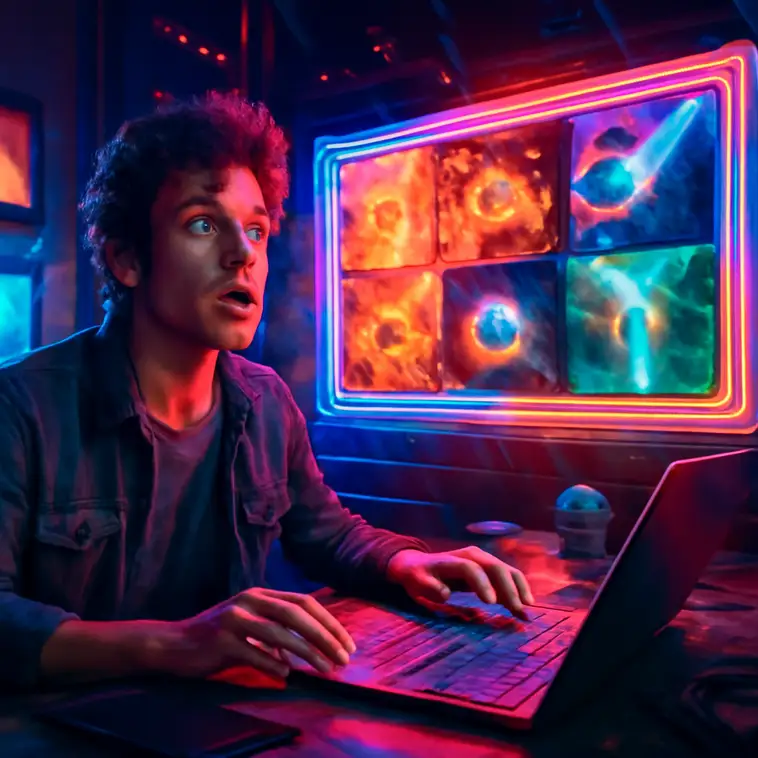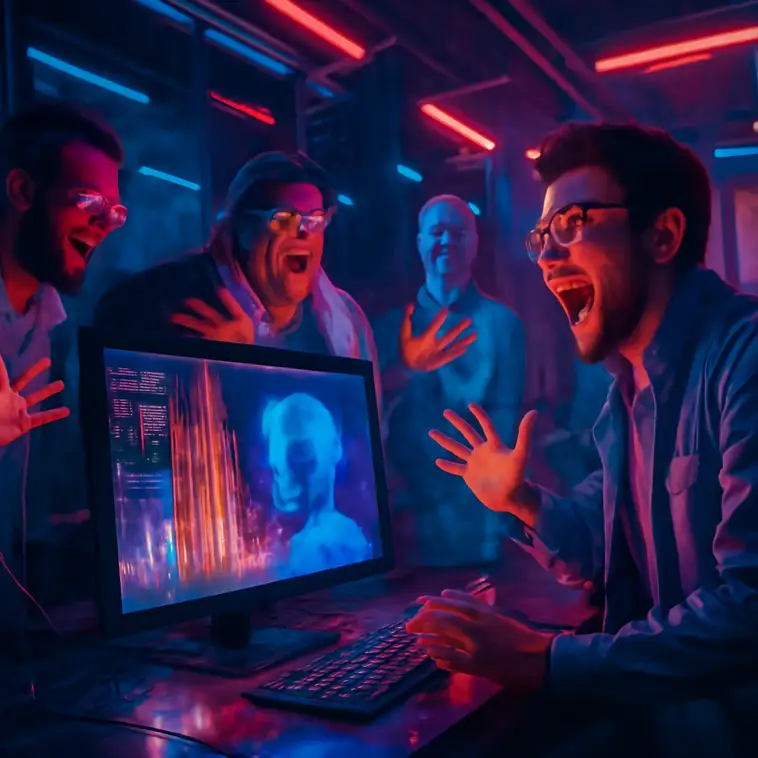Google has officially launched its Veo 3 video generation model globally, making this advanced tool available to Gemini users across more than 159 countries. This rollout, however, is exclusive to subscribers of Google’s AI Pro plan, with a daily cap of three videos per user. Veo 3, which made its initial appearance in May, enables users to generate short videos of up to eight seconds by simply using text prompts. Google’s strategic development includes rolling out image-to-video capabilities soon, further extending the functionality of the Gemini platform.
Veo 3 is part of Google’s broader efforts to integrate state-of-the-art artificial intelligence into consumer and enterprise products. By focusing on realism and creativity, Veo 3 offers high-quality outputs, including 4K resolution and audios synced with real-world physics, setting it apart from previous versions. This advancement seeks to leverage AI’s potential across media creation, allowing for a more profound adherence to user prompts and enhanced creative control. Notably, these advances were made possible by contributions from a host of researchers and engineers, showcasing Google’s commitment to innovation in AI technology.
For tech companies and creatives, the rollout of Veo 3 presents both opportunities and challenges. On one hand, it enables content creators to produce high-quality, AI-generated videos efficiently. On the other hand, it poses questions relating to content ownership, copyright, and the ethical implications of AI-generated media. Tech platforms and regulatory bodies may need to bolster frameworks governing the use and distribution of such AI-generated content to ensure ethical compliance and protect creators’ rights.
As Veo 3 becomes more entrenched in the market, its impact on sectors like entertainment, social media, and marketing could be substantial, encouraging other tech giants to enhance their AI offerings. Additionally, Google’s continued investment in AI illustrates a strategic alignment towards maintaining its competitive edge in the artificial intelligence space, particularly against rivals like OpenAI. This competition could lead to significant advancements in AI capabilities, benefiting users through enhanced services and tools.
The release of Veo 3 marks a significant milestone in AI-driven content creation, although its restrictions, such as subscription requirements and usage caps, indicate it remains a nascent technology. Future developments could enhance accessibility and scalability, potentially leading to more widespread adoption of AI video generation across varied applications. As these technologies evolve, it is crucial to monitor how regulatory frameworks adapt to address concerns related to content ethics and intellectual property.









